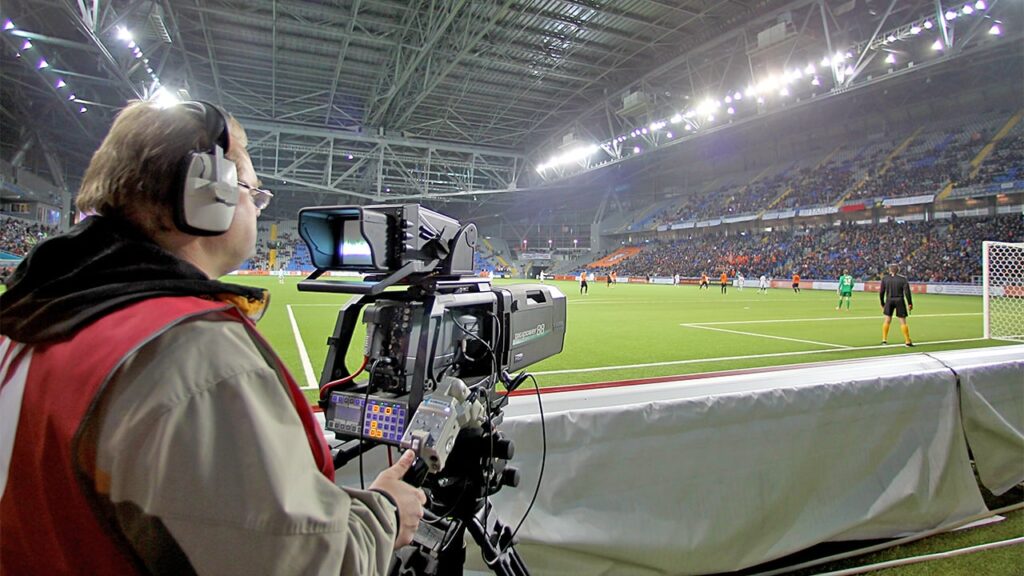From the crackling excitement of a packed stadium to the intimate details of a player’s skill, the journey of sports broadcasting has been nothing short of transformative. Spanning decades, it has evolved from mere radio commentary to a multi-billion dollar industry, shaping the way we experience sports around the globe. At its core lies the intricate dance between technology and storytelling, weaving together a narrative that transcends mere play-by-play accounts. The genesis of sports broadcasting can be traced back to the early 20th century, when radio emerged as the dominant medium for mass communication. With each crack of the bat or roar of the crowd, broadcasters painted vivid images in the minds of listeners, bringing the game to life in living rooms and barbershops alike. It was a golden age of imagination, where the spoken word carried the weight of entire games and seasons.

However, it was not until the advent of television that sports broadcasting truly came into its own. With the flick of a switch, viewers were transported from their living rooms to the front row of the action, as broadcasters leveraged the power of visual media to enhance the spectator experience. Suddenly, the game was no longer confined to the boundaries of the field; it was a spectacle to behold, complete with instant replays, slow-motion analysis, and dramatic close-ups. Yet, it was the marriage of sports broadcasting with digital technology that marked the dawn of a new era. With the rise of the internet and mobile devices, fans gained unprecedented access to live streams, highlights, and behind-the-scenes content, transforming the way we consume sports. No longer bound by the constraints of traditional television, viewers could now engage with their favorite teams and athletes anytime, anywhere, fostering a global community of fans like never before.
Today, sports 해외스포츠중계 stands at the forefront of innovation, driven by advancements in virtual reality, augmented reality, and artificial intelligence. From immersive 360-degree views of the stadium to real-time player statistics and analytics, the possibilities are endless. With each new breakthrough, broadcasters strive to push the boundaries of what is possible, blurring the lines between the physical and digital worlds. Yet, for all its technological marvels, the heart of sports broadcasting remains the human element the storytellers who breathe life into the games we love. Whether it is the impassioned commentary of a seasoned announcer or the insightful analysis of a former athlete, their voices resonate with fans on a deeply emotional level, forging connections that transcend wins and losses. In the end, the journey of sports broadcasting is a testament to the power of storytelling and the enduring allure of competition. It is a journey that has taken us from the humble beginnings of radio to the cutting-edge innovations of the digital age, yet at its core, it remains a celebration of the human spirit the triumphs, the defeats, and everything in between.
